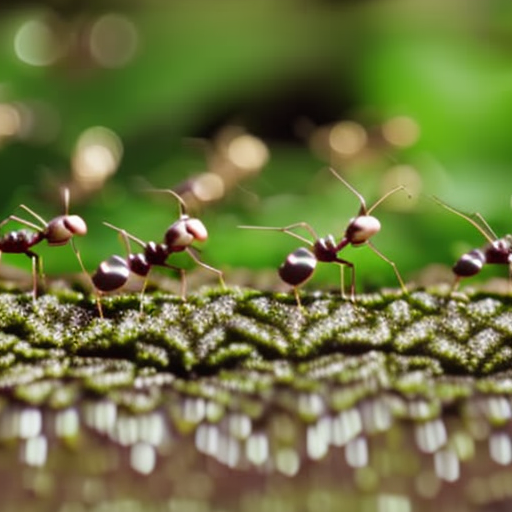Summary:
Ornithology is the scientific study of birds, encompassing their behavior, anatomy, physiology, ecology, and evolution. It involves observing and studying birds in their natural habitats, as well as conducting experiments and analyzing data to gain a deeper understanding of their biology and behavior. Ornithologists play a crucial role in conservation efforts, as their research helps inform policies and practices aimed at protecting bird populations and their habitats.
Overview of Ornithology:
Ornithology is a branch of zoology that focuses specifically on the study of birds. It encompasses a wide range of disciplines, including anatomy, physiology, behavior, ecology, and evolution. Ornithologists study birds to gain insights into their biology, behavior, and interactions with their environment.
History of Ornithology:
The study of birds has a long history, dating back to ancient times. However, the formal discipline of ornithology began to emerge in the 18th century with the work of naturalists such as Carl Linnaeus and John Ray. These early ornithologists laid the foundation for the scientific study of birds by classifying and describing different bird species.
Methods in Ornithology:
Ornithologists use a variety of methods to study birds. These include field observations, laboratory experiments, and the use of advanced technologies such as satellite tracking and genetic analysis. Field observations involve observing birds in their natural habitats, noting their behavior, feeding habits, and interactions with other birds. Laboratory experiments allow researchers to study specific aspects of bird biology, such as their physiology or reproductive behavior, under controlled conditions.
Areas of Study in Ornithology:
Ornithology encompasses several areas of study. Behavioral ornithology focuses on understanding bird behavior, including mating rituals, territoriality, and migration patterns. Avian anatomy and physiology involve studying the physical structure and biological processes of birds. Ecology and conservation ornithology examine the interactions between birds and their environment, as well as the impact of human activities on bird populations and habitats. Evolutionary ornithology explores the evolutionary history and relationships between different bird species.
Importance of Ornithology:
Ornithology plays a crucial role in understanding and conserving bird populations and their habitats. By studying birds, ornithologists can identify factors that influence population dynamics, such as habitat loss, climate change, and pollution. This knowledge is essential for developing effective conservation strategies and policies to protect bird species and their ecosystems.
Applications of Ornithology:
Ornithology has numerous practical applications. For example, it helps in the management and conservation of bird populations, including the identification of important bird areas and the development of protected areas. Ornithologists also contribute to bird population surveys, monitoring programs, and the assessment of the impact of human activities on bird populations. Additionally, ornithology has educational value, as it helps raise awareness about the importance of birds and their conservation among the general public.
Conclusion:
Ornithology is a multidisciplinary field that encompasses the study of birds from various perspectives, including behavior, anatomy, physiology, ecology, and evolution. By conducting research and studying birds, ornithologists contribute to our understanding of these fascinating creatures and play a vital role in their conservation. Their work helps inform policies and practices aimed at protecting bird populations and their habitats, ensuring that future generations can continue to appreciate the beauty and diversity of birds.












